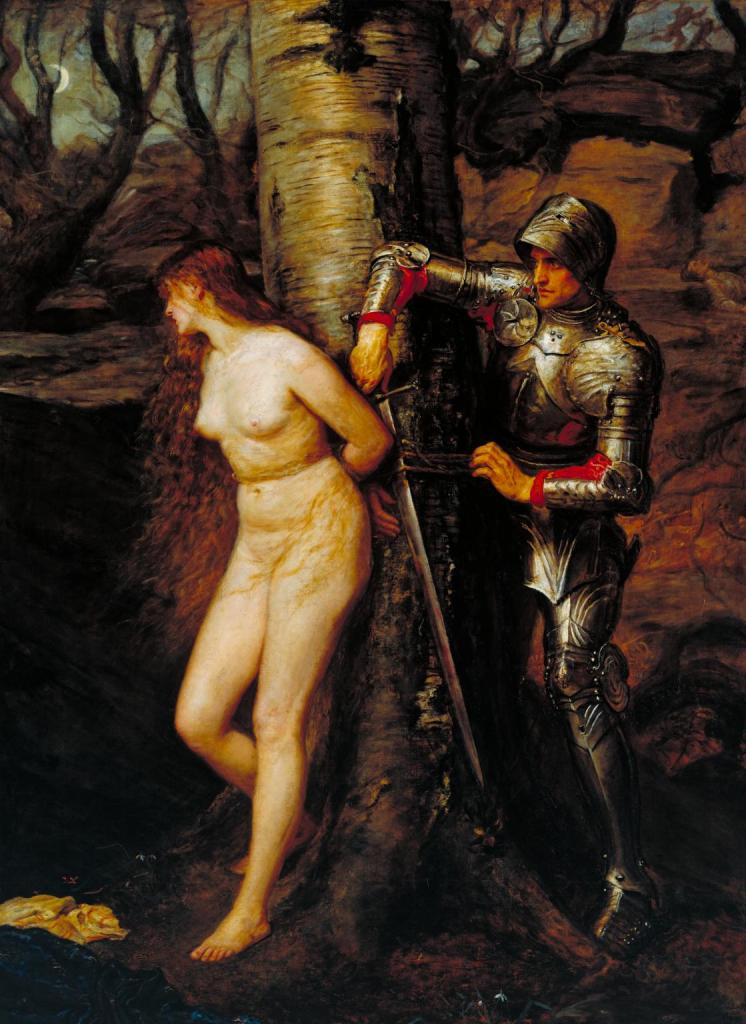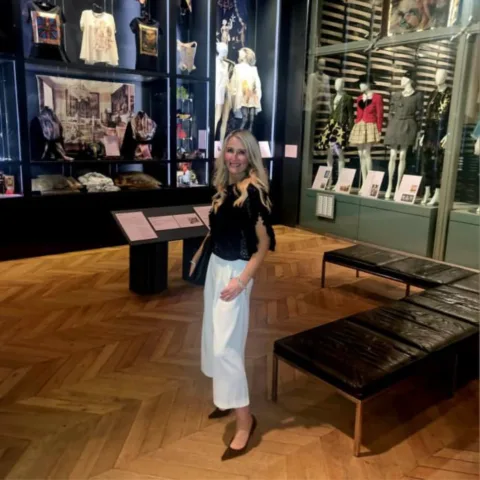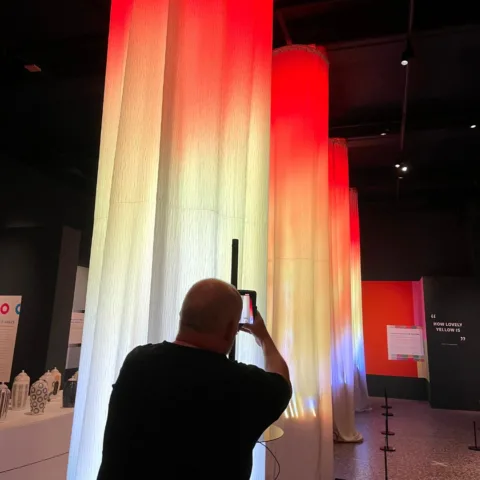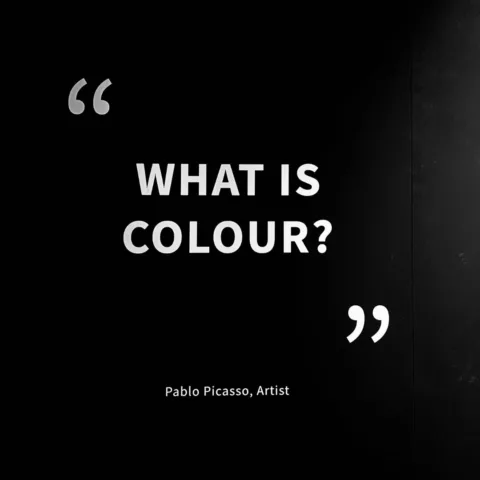The Bowes Museum Blog

Millais Returns to The Bowes Museum

The recent opening of The Pre-Raphaelite Knights: Reinventing the Medieval World (1 February 2020) at the museum marks a surprising and coincidental anniversary. Exactly one hundred years ago ‘The Knight Errant’ by John Everett Millais (1829-1896) was lent by the Tate Gallery to The Bowes Museum as part of an exchange of pictures between Barnard Castle and London. This short blog is intended to outline how this serendipitous moment came about, and what it meant to the wider mission of the museum’s outreach programme in the early twentieth century.

N01508 ã Tate CC-BY-NC-ND 3.0 (Unported)
During these opening decades of the 1900s, the museum was actively trying to raise its national profile through the lending of its paintings to temporary exhibitions in the capital and other regional centres. Possibly attracted by one of these exhibitions, it was reported in the Yorkshire Gazette in March 1920 that the Keeper of the National Gallery, Charles Henry Collins Baker (1880-1959), had paid a visit to The Bowes Museum earlier in the year. Baker was obviously much surprised at the quality of some the paintings in the collection. So much so he wished to borrow a number on a 5-year loan and display them amongst the permanent collection at Trafalgar Square.
According to letters that survive in the archive at the National Gallery, Baker had had an informal conversation with Owen Stanley Scott (d. 1922), The Bowes Museum’s curator, about borrowing three of the museum’s highlight paintings: Goya’s ‘Interior of a Prison’, El Greco’s ‘St. Peter’ and ‘The Miracle of the Sacrament’ by Sassetta. However, by the time the official request was sent that board of trustees at the National Gallery felt they wanted more, and also asked for Tiepolo’s ‘The Fall of Phaeton’.
It seems that Baker and Scott had decided that in return the Bowes should receive a loan of equal size, but Scott had opted to request modern British pictures that would come from the Tate Gallery. Tate, or to use its official title, ‘the National Gallery of British Art’, was at this point under the control of the National Gallery, an arrangement that lasted until the 1950s. However, by the 1920s the institution had slightly more autonomy having appointed its first director in 1917, Charles Aitken (1869-1936). Unfortunately the records held at Tate don’t offer much insight into how the final decision was reached regarding the specific pictures that were to be sent to Barnard Castle, but in Baker’s letters he mentions lists of potential loans, which suggests each was picked from a menu of options.
A curator’s report of the period 1920-27 details the loans received from the Tate which ended up amounting to 8 paintings (in two batches of four) and a group of drawings and sketches by J.M.W. Turner (1775-1851). The list makes for a fascinating lesson in what was perceived as popular to a museum going public during the 1920s. The first four paintings to arrive in 1920 were, along with Millais’ ‘Knight Errant’, William Quiller Orchardson’s (1832-1910) ‘Her Mother’s Voice’, Hubert von Herkomer’s (1849-1914) ‘The Charterhouse Chapel’, and Benjamin Williams Leader’s (1831-1923) ‘The Valley of Llugwy’. It is safe to say that apart from Millais and possibly Herkomer, these artists are not household names, but according to the curator’s report the loans proved a popular attraction and ‘much appreciated by a public who have little chance of seeing the National pictures in London’.

The Bowes Museum Archive TBM/1/1/5/2
The borrowing of modern British art from the Tate appears as part of a wider effort of the curator Owen Scott to plug this obvious gap in the museum collection, as it seemingly had mass appeal in the early twentieth century. In 1905 Scott wrote to the Keeper of the Tate Gallery, Sir Charles Holroyd (1861-1917) – which at this point was still under the direction of the National Gallery – asking for his recommendation on the leading sculptors of the day working in Britain. It is unclear what Scott wished to achieve precisely, but as Holroyd recommends sculptors known for large scale decorative works such as Thomas Brock (1847-1922) – the creator of the monument to Queen Victoria outside of Buckingham Palace – and George Frampton (1860-1928) – whose Peter Pan statue is in Kensington Gardens – it is lamentable that Scott’s scheme was never realised.
However, following this, in 1913 and presumably through Scott’s efforts, the museum acquired a plaster copy of Sir Frederic Leighton’s (1830-1896) sculpture An Athlete Wrestling a Python patinated to look like its bronze prototype. This can be seen on display in the Entrance Hall in a number of historic photographs of the museum so was obviously a key object at this point. Unfortunately, Leighton’s monumental athlete did not signal a change in the acquisition policy of the museum and the sculpture went the way of most plaster reproductions in the middle of the century and now no longer exists.

The Bowes Museum Archive TBM/11/2
In 1922, unfortunately Scott passed away and was replaced by Sydney Harrison who had previously worked for Cheltenham public library. In a report to the trustees outlining his vision for the museum, Harrison stated he wished for The Bowes Museum to emulate another significant national collection, but one that was decidedly French: The Wallace Collection. This effectively spelled the end of the modern British works entering the collection (although the loans from Tate did survive another five years) and the museum changed focus yet again.
Blog by: Simon Spier
Project Research Assistant ‘Year of the Dealer: Antiques Dealers, Art Markets and Museums’







